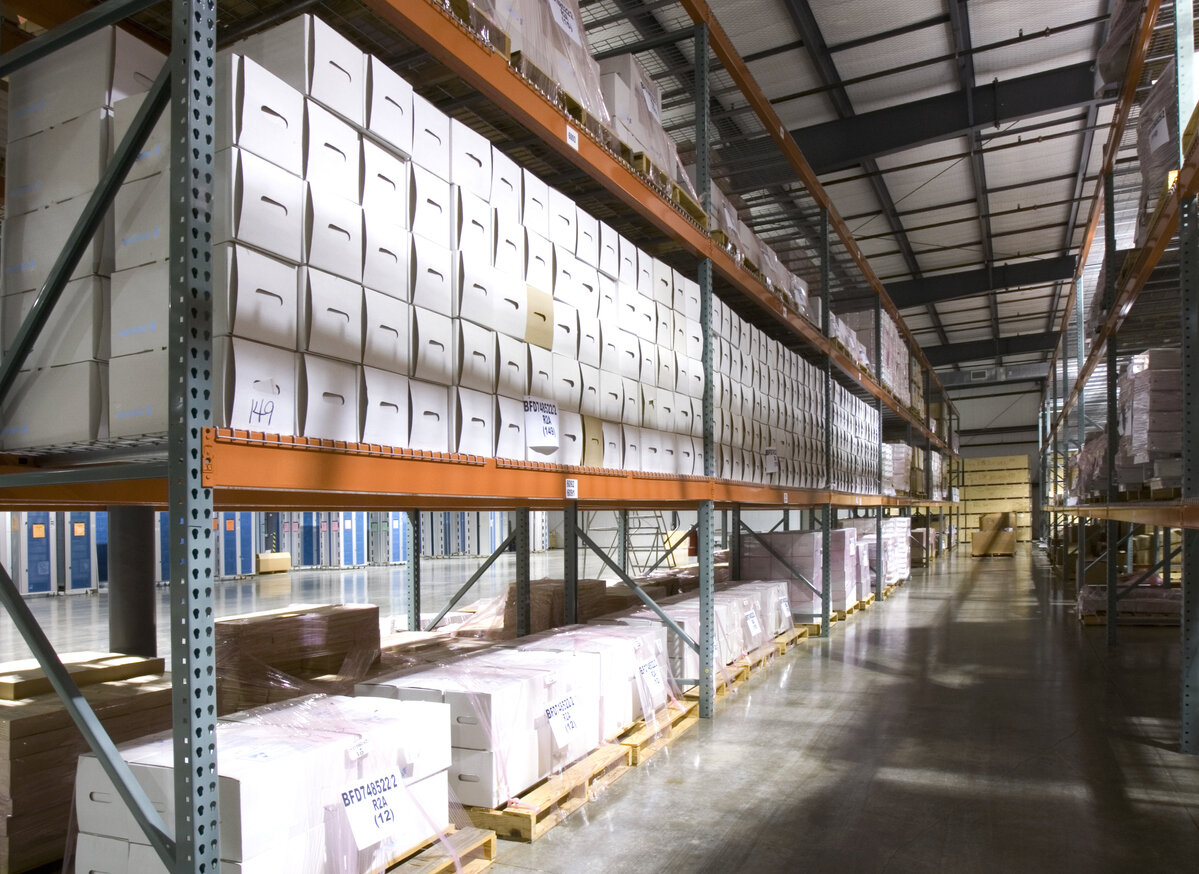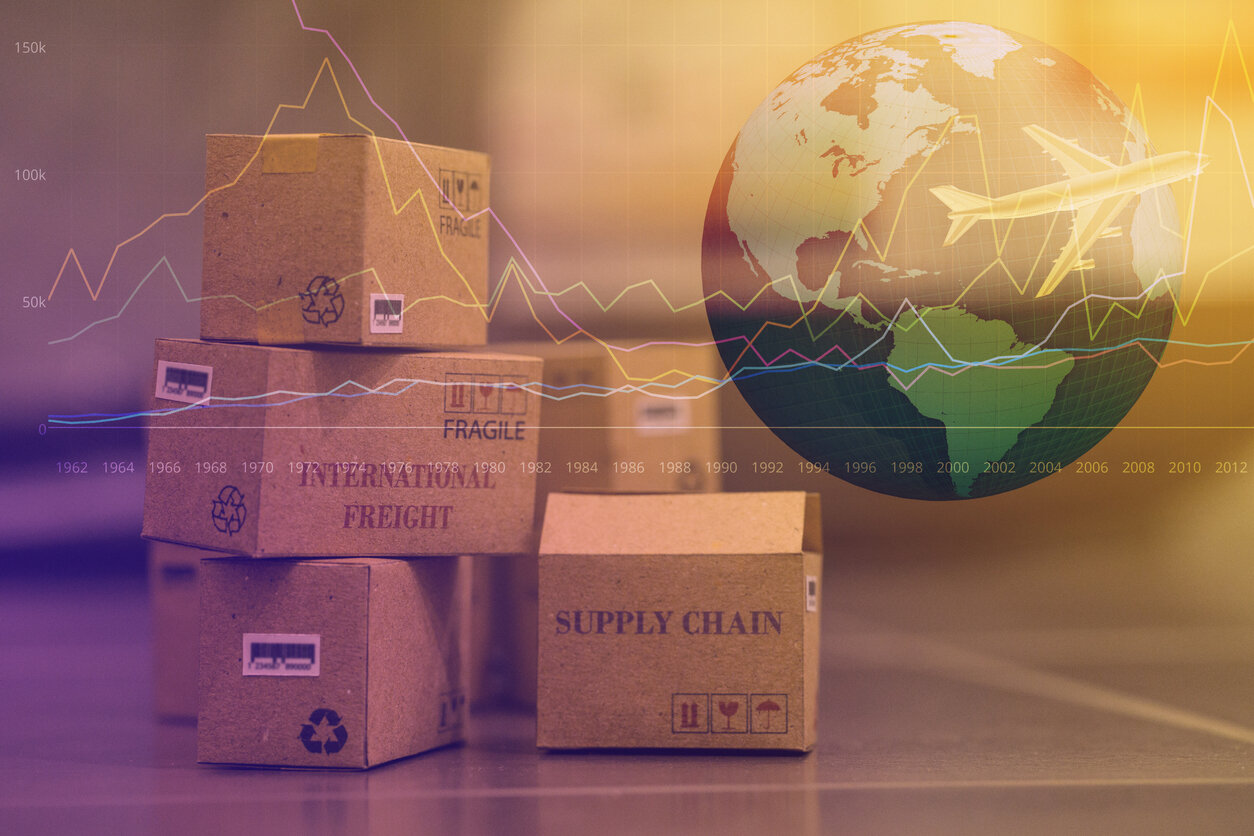Advanced Analytics and Technology Driving Change in Logistics (4.22.24)
Technology, including collecting and utilizing big data, is streamlining the logistics industry and giving companies that use it an edge on their competitors.
Any time you ship a parcel, move something from a warehouse or hire a new employee, there's useful data that you can collect to help guide future decisions. Much of that data was limited in the past, and many managers would rely on the eye test or other primary measures to make decisions and evaluate results. Today, advances in technology allow these same managers to collect an infinite amount of data and analyze it in real-time to streamline their operations and improve the decision-making process.
Here's how advanced analytics and technology are driving the evolution of the logistics industry.
How data is collected
Collecting mass amounts of data relies on three principles: volume, velocity and variety. You want to collect large amounts of diverse data at a rapid pace.
One problem with this type of data collection: There's too much of it for humans to gather in real-time. The data is also too overwhelming to analyze without technological help.
The solution is implementing a transportation management system, or TMS.
Your TMS gathers vast amounts of data from various sources along your supply chain. At first, the data is unstructured, a jumbled mess that won't do you any good. That's where your TMS's data processing qualities come in, as the technology will make sense of the information and present it to you in a format you can understand and use to make better decisions.
The collection and decoding of this data is a significant part of advanced analytics, but you'll have to put the information into practice to make the most of it.
The result of big data usage
Now that you've collected mass amounts of data and your TMS has organized and analyzed it, it's time to make some changes to your supply chain.
Implementing data-driven decisions can streamline the entire process, saving you time and, therefore, money every step of the way.
First, this information allows you to forecast how customer demand will evolve in the coming weeks and months. With this information, you can anticipate shifts in consumer needs and address potential inventory shortages ahead of time.
Your analytics also help you keep an eye on your inventory in real-time, rather than having to wait for this information to present itself. Whenever an item leaves your warehouse, an employee will scan it and your TMS collects this information. The technology can quickly track your inventory, giving you a head's up on unpredictable stock shortages.
Shipping is a vital part of your supply chain, and tracking your shipments in real-time can identify potential issues so you can make adjustments. You can track your goods using GPS data and then apply historical trends, weather data and road maintenance information to optimize your shipping routes. If your company outsources its deliveries, gathering this data can assist in contract negotiations and searching for the best vendor to meet your needs.
Artificial intelligence in your TMS can even make route recommendations based on the collected data, eliminating human error.
Finally, your TMS can help you make informed decisions on the amount of labor you require. You need to have enough staff working when you need them, but you shouldn’t have to pay additional employees during a slow period. TMS analytics can help forecast your staffing needs by anticipating how many people you require at a particular time of year.
Once you collect this data and apply it to your needs, your logistics department will become that much more efficient.
Integrating other technologies
As you gather data, it's possible to apply it to other areas of your supply chain using even more technology.
For instance, there's a fair amount of automation in modern warehouses, increasing their accuracy and efficiency. The less time your employees spend on repetitive tasks, the more time they have for more essential jobs.
An excellent example of automation is smart scanners in a warehouse. Rather than a staff member having to scan each item before loading it onto a truck, an automated system could scan every package as it goes through the door. This technology utilizes the Internet of Things and cloud storage to gather real-time data from your warehouse.
This idea is similar to what Amazon is doing with Amazon Go grocery stores. At these shops, customers can grab whatever they wish and walk out the door. Everything is scanned automatically as the customer leaves, and the technology charges the person's credit card.
Amazon warehouses now use robotics, too. These robots grab packages and hand them over to human employees, eliminating menial tasks for workers and allowing them to focus on areas of need.
Give your company an advantage
Competing in the modern commerce landscape means giving your organization any advantage you can find. We're seeing professional sports leagues and multinational corporations collect mass amounts of data and use it to drive decisions, and the technology is now accessible for smaller entities, as well.
Resource Logistics Group can assist as you take the plunge into big data and begin using advanced analytics to observe and improve your supply chain. We can implement a TMS to monitor your company's logistics department and show you how to apply this information to improve your bottom line. Get in touch to learn more about our TMS or for a free benchmarking analysis.



